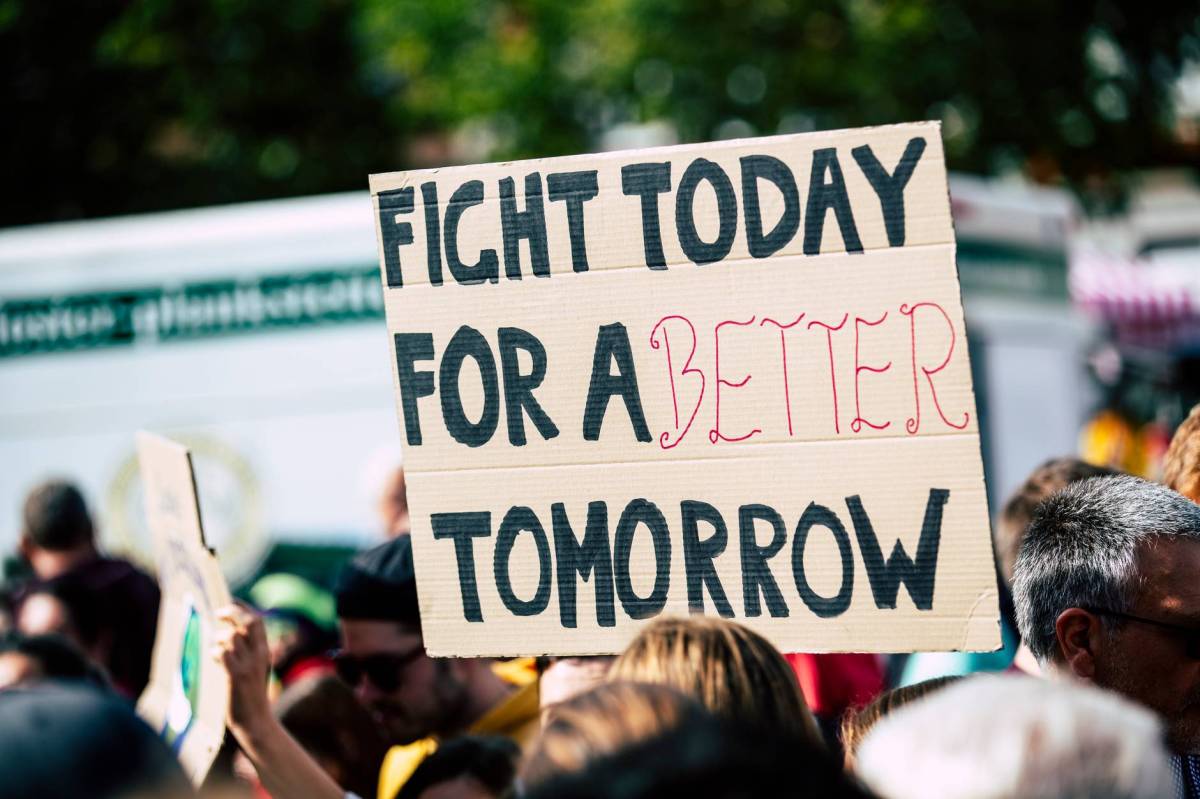
The ocean, she breathes life into the earth, into you, into me. The ocean, this ultimate vessel for the ‘Elixir of Life’ unto which we are all ultimately connected, needs us so that she may continue to sustain us. You see, this vast blue and us, we are inextricably interconnected.
The ocean covers the majority of the planet – 97 percent, in fact. The world’s four major oceans are interconnected making the vast blue at one with the earth. This vast amount of liquid water is what makes our planet unique and the primary contributor to life on Earth. Yet, we have lost respect for her and her significance, polluting 88 percent of her surface with our debris, with the vast majority of it sinking to the bottom of our precious marine ecosystems.
The ocean began her life three billion years ago and we may never fully understand the mysteries that have evolved since then. She is wise this old girl. While the earth may not look the same, her duty to birth and sustain life has remained constant.
Never one to keep still, she is always in movement. In a tangled cycle of heat and vapour, the ocean gives herself to the atmosphere and disguises herself as bright clouds that give us shade from the scorching sun, and rain that waters our crops and provides us with water to drink. The ebbs and flows of the ocean current allow life everywhere across the globe to perpetuate, to flourish and to reproduce. The sea floor is locked in a perpetual cycle of birth and destruction that shapes our earth and even influences our DNA.
The Enlightenment assumption that natural resources were simply property to be exploited is naïvely nonsensical – if we deplete and destroy nature, we ultimately damage ourselves. Our estuaries, salt marshes, mangrove forests, coral reefs, open and deep seas all depend on an ocean thriving and in good health.
For the world’s indigenous peoples, the ocean, like all forces of nature, is a living being, and must be respected, revered, and cared for. Beliefs anchor in facts: nature sustains us, guides us, gives us life and health. The ocean provides us with food, medicine, minerals, oxygen, and freshwater.
However, today we exercise our dominion over the sea and all of her creatures and organisms, and we are paying the price.
First civilizations had a transactional relationship with the ocean, riding the seas through ancient trade routes importing and exporting knowledge, tools, spices, minerals, and other riches, and expanding empires. The seas supported our livelihoods, helping society to become what it is today. Humanity has used the ocean against itself – the very reliance civilizations had on her for expansion and progress became the driving forces that are destroying her by impacting the earth’s climate.
In modern life, the threats of climate change and human destruction have forever changed the way our ocean and her ecosystems exist and evolve. Evolution is a slow process, usually, but with our consumerist and extractive mindsets we have taken so much of the earth’s riches and given it back in waste that it has caused mass extinctions in all life forms, not least in the ocean. If we continue the way we are, in the time to come all marine life from the deepest depths to the sandy shores could suffer one of the biggest mass extinctions in the history of our planet from warming seas and changing currents.
Our polar regions are warming faster than anywhere else on Earth. The Arctic Ocean once glistened with snow and ice under a pale sun, atop with glaciers so large that humans had little knowledge of what went on in life underneath. Now plankton, scores of fish, walruses, whales and seals all are fighting to adapt to warming seas. Polar bears that completely depend on the ocean to survive are drowning, and starving with nowhere to go. It is a case of fight or perish. Through our actions though, the ocean has little say in how she changes. The ice that once gleamed in varying hues of pale blue and white protecting her from above is giving way to deep blues. As the darkest depths of the ocean reveal themselves to our polar regions, so does our future become obscure.
We humans are so intelligent that we have long studied and understood geological processes of the past, yet we are so far inept at changing the forces that will stop it from happening again. We write the history books, what is stopping us from editing them to allow for a legacy sequel?
The ocean is the most powerful force on earth – she is a mother, a killer, a healer, and a peacemaker – lest she have the power to rest in good health. As humans we have inherited the universal right to clean water because of its importance to sustaining life. Though, some interpret that as the right to exploit at all costs, that the ocean and its supported water forms are a commodity to fulfill our needs and desires first. As a living being, she deserves agency to pursue redress if it is damaged or destroyed.
The Rights of Nature is a movement that catalyzes the connection between us and the earth. The idea of giving rights to the ocean and all water sources is to protect them against destructive and exploitative human activity – that we may live in harmony with nature and not against it. It acknowledges the inherent intimate connection we have with her, how she has helped form this planet we call home, and that she may continue to endure and sustain us with her most important work flowing through life every day. It may reorient the way we live towards our responsibilities to nature. The ocean deserves her right to be recognised and respected.
If we retrieve reverence for our ocean, we can recover respect for ourselves and our future. Honouring the reciprocal relationship we have with Mother Ocean is key to hope for times to come. While climate change is obscuring the outlook for the future state of our planet, one thing is certain: our ocean is worth fighting for.





